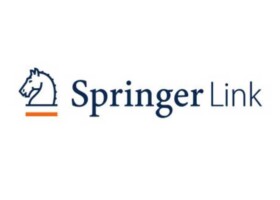
Authors:
Kaitlyn E. Whitney, Ioanna Bolia, Jorge Chahla, Hajime Utsunomiya, Thos A. Evans, Matthew Provencher, Peter J. Millett, Robert F. LaPrade, Marc J. Philippon & Johnny Huard
Abstract:
Treatments for musculoskeletal disorders have continued to progress by improved technologies and advancing a greater understanding of normal biology and biomechanics. Musculoskeletal biomechanical derangements may exist as a result of trauma, morphology, or chronic overuse. Biomechanical abnormalities can predispose the articular microenvironment to up-regulated in ammatory cytokines and may eventually lead to muscle atrophy and joint degeneration. Biomarkers can be used as predictors for diagnostic and prognostic strategies across diarthrodial joints that are at-risk for osteoarthritis (OA), but have yet to be instrumental in acute cases. Furthermore, the purpose of this book chapter is to comprehensively review physiological and homeostatic aspects, healing response and regenerative approaches for injured and surgically intervened connective tissues. This chapter describes physiological and homeostatic aspects of speci c musculoskeletal structures of the knee, hip, and shoulder, the role of biomarkers in diagnostic and prognostic strategies, the healing response to surgical intervention and basic considerations for the use of regenerative treatment approaches for both conservative management and surgical augmentation.
For the complete study: Physiology and Homeostasis of Musculoskeletal Structures, Injury Response, Healing Process, and Regenerative Medicine Approaches

